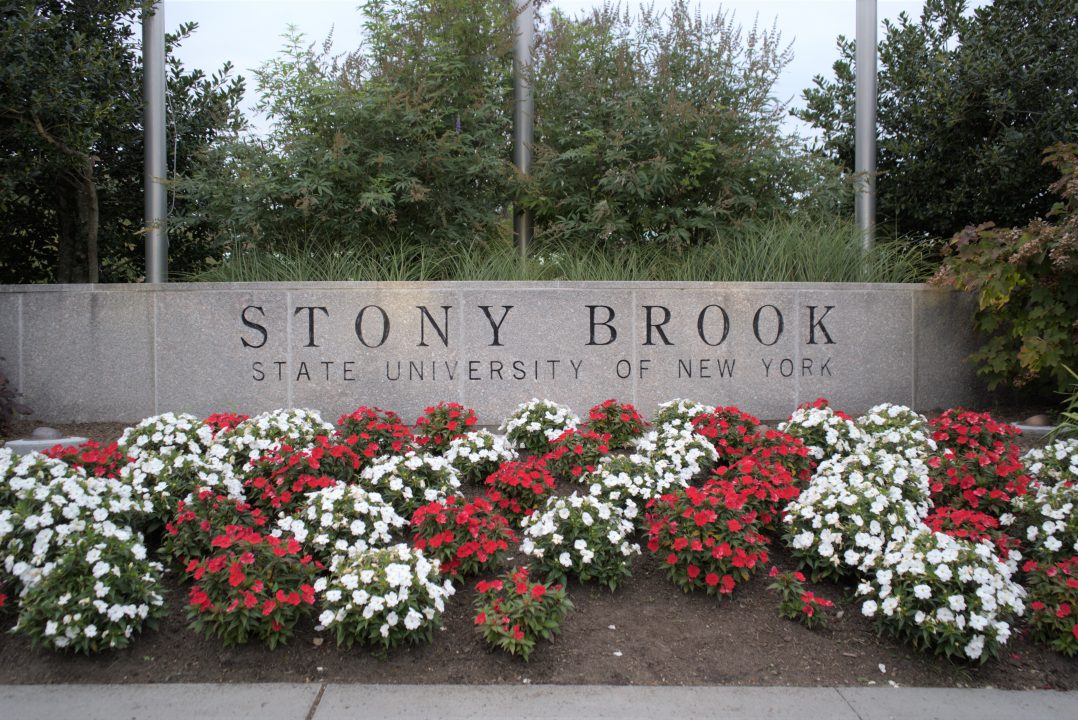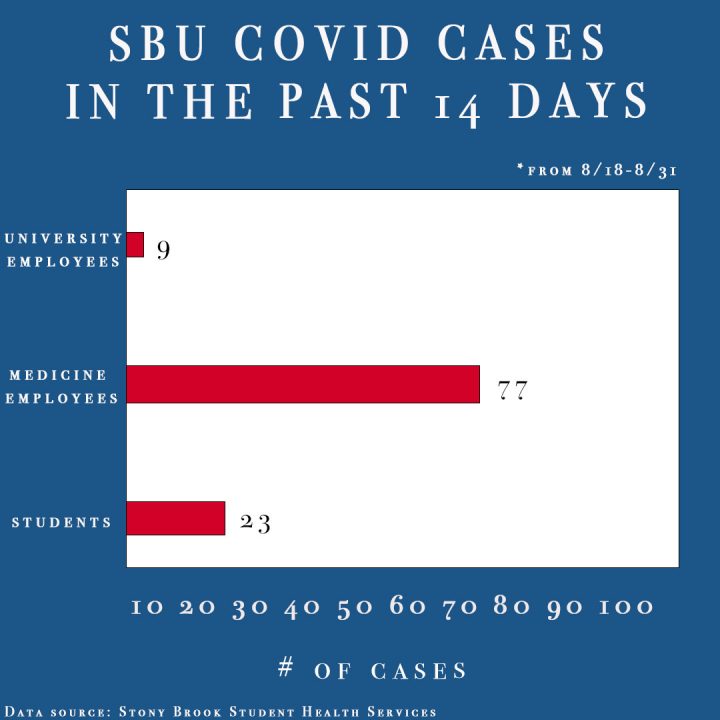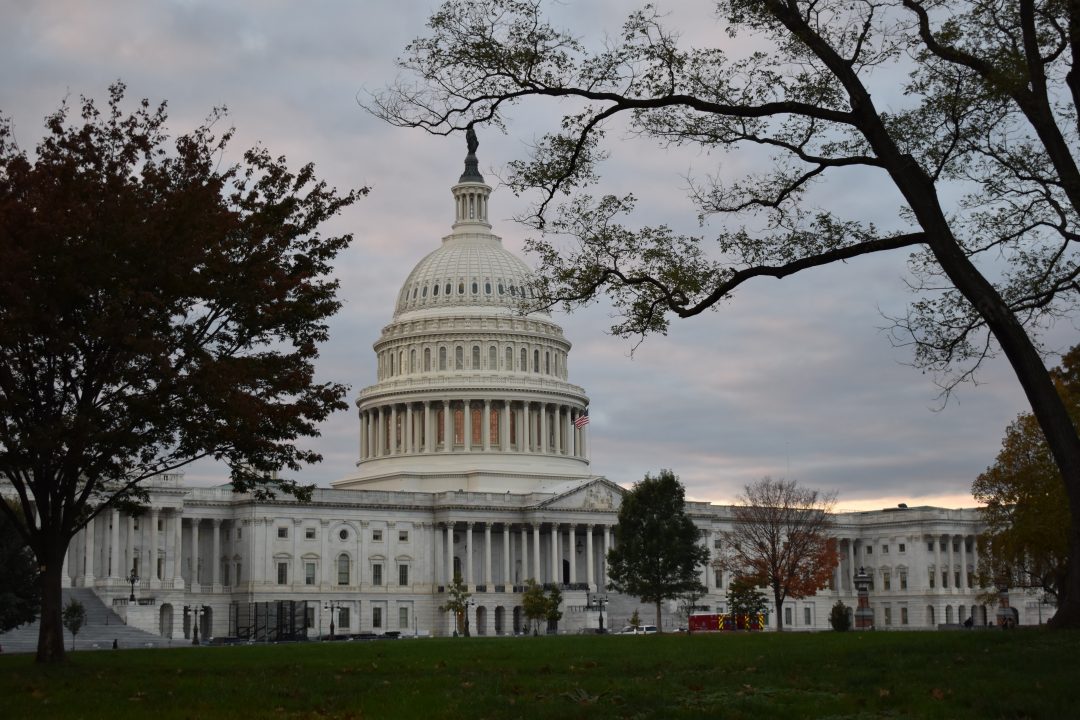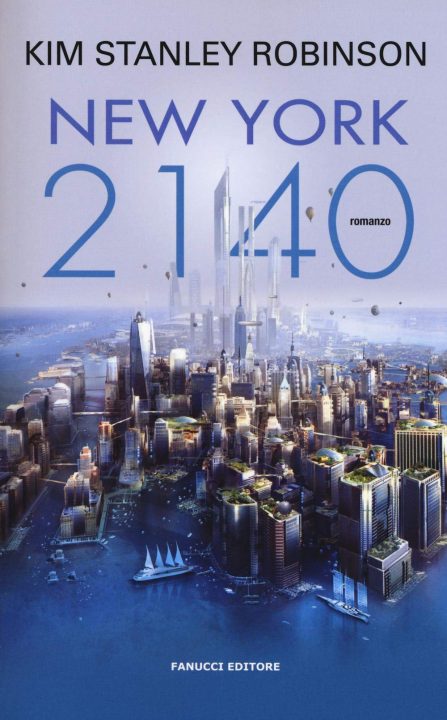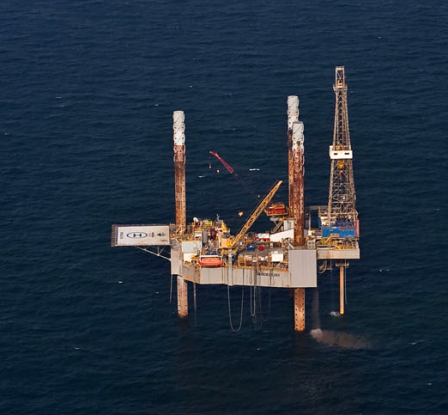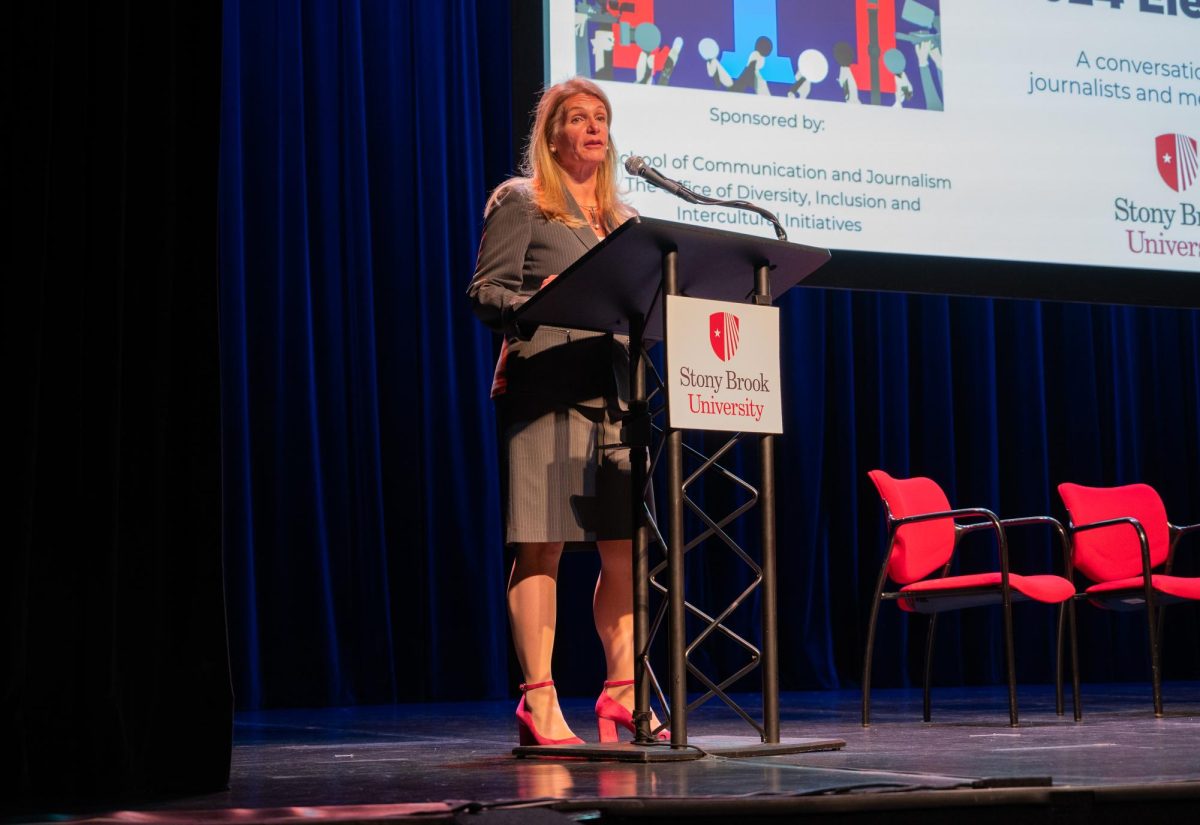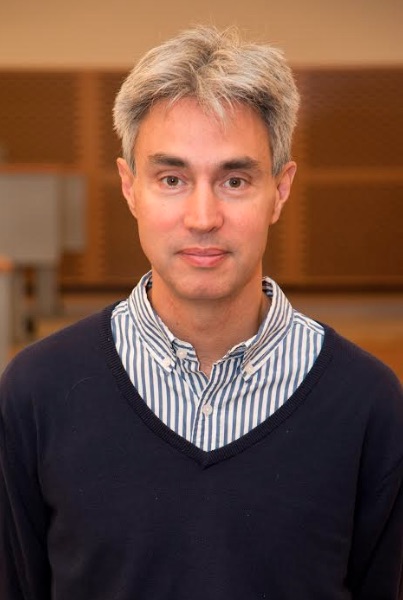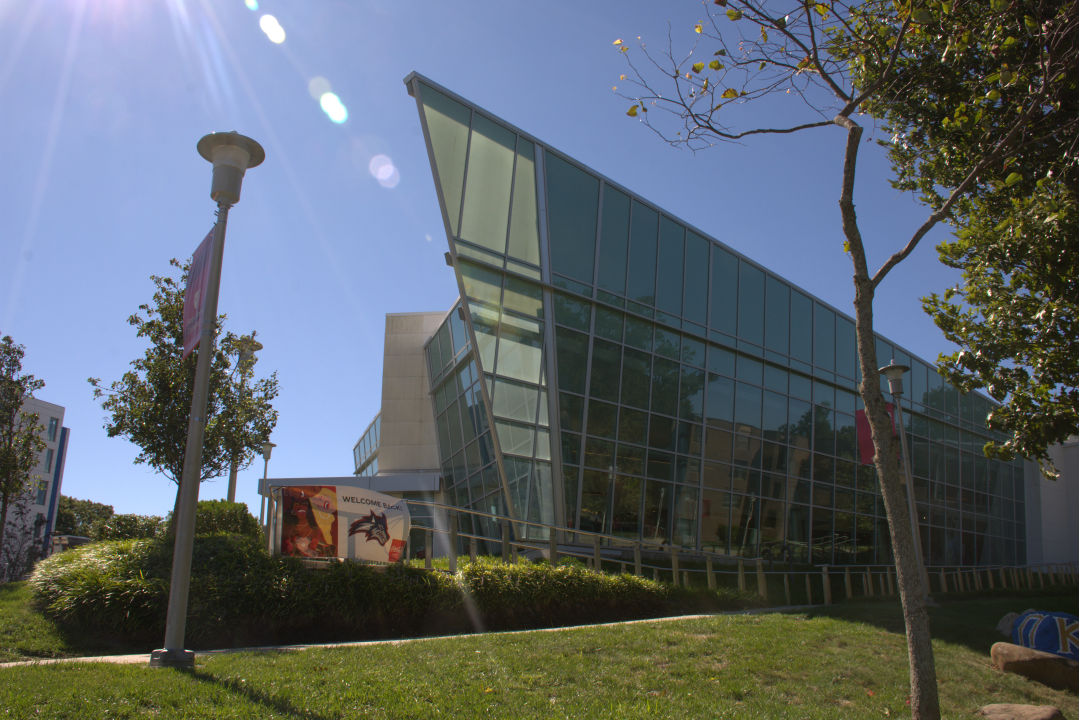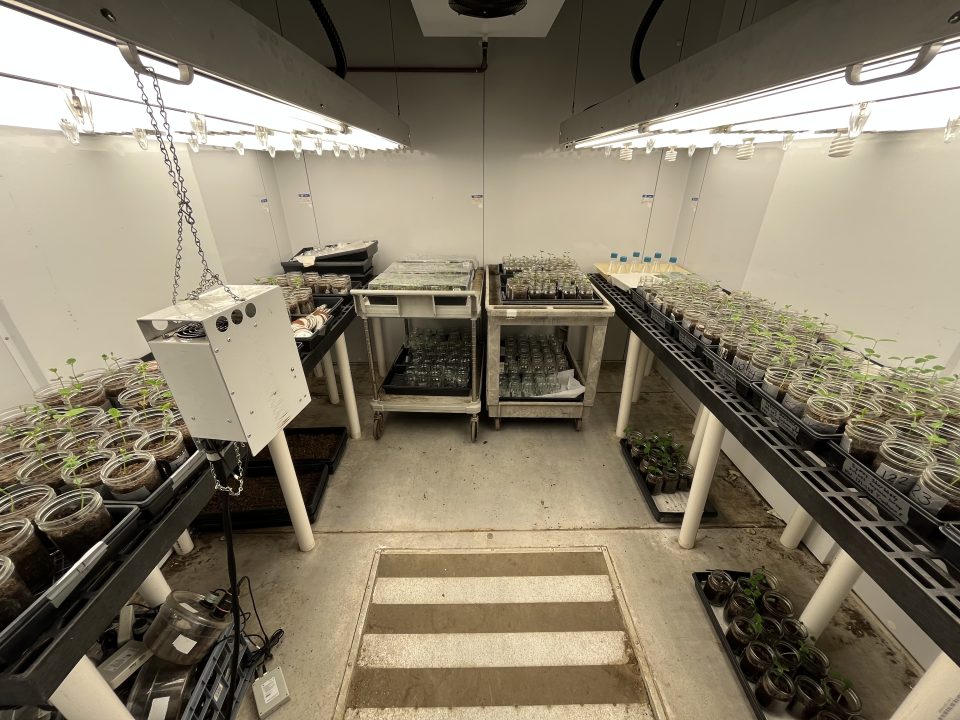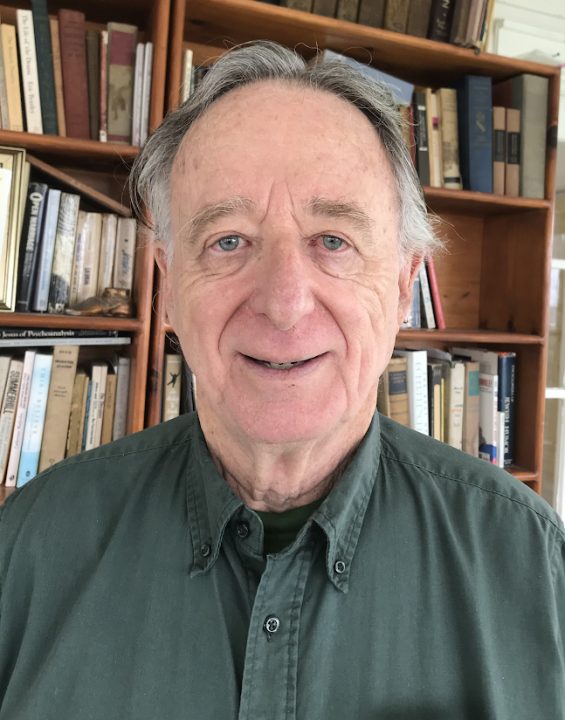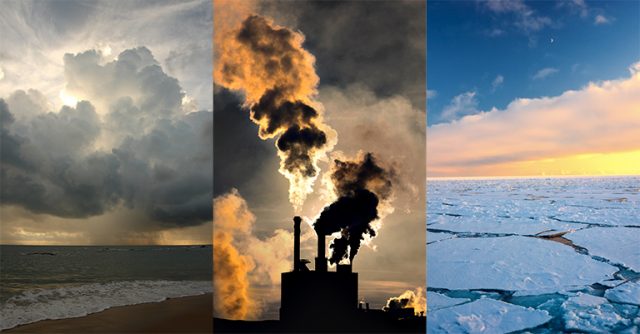
As the consequences of global warming become more dire, a research team led by Stony Brook University Professor Jessica Gurevitch is examining the ecological impacts of using a form of geoengineering to mitigate the effects of global warming.
Geoengineering, also known as climate intervention, is a set of proposed methods and technologies designed to alleviate the impacts of environmental change caused by global warming while society works to reduce emissions. One theoretical approach of geoengineering is called stratospheric aerosol intervention (SAI) which involves injecting gaseous precursors of reflective sulfate aerosols into the stratosphere in an attempt to reflect some of the sunlight back into space and in turn, cooling the Earth’s surface.
Nine of the hottest years in human history have occurred in the past decade, with 2020 tied for the hottest year on record according to NASA scientists. If this trend continues, melting glaciers and ice sheets, rising sea levels, extreme weather events and intense heat waves are just a few of the repercussions the Earth would face.
“There is a very real possibility that some kind of climate intervention will become more and more pressing,” Gurevitch, a professor of ecology and evolution said. “But we don’t know enough about what would happen to ecological systems, biodiversity, endangered species and other environmental impacts.”
In 2015, Gurevitch attended the annual meeting for the American Association for the Advancement of Science in San Jose, California, and came up with the idea to form a group of ecologists and climate scientists who would work together to learn more about geoengineering.
The idea came about after she met climate scientist Alan Robock. Gurevitch at the time knew little about geoengineering and was surprised to learn from Robock that climate scientists had been researching climate intervention through computer modeling for years.
“One of the limitations in science is we tend to get very immersed in our own disciplines,” she said. “To me, geoengineering was this wild and crazy idea that people had suggested, but I had no idea how much research had been done already.”
Gurevitch then asked Robock the question that would guide their future research: “What would be the ecological impacts?” Robock had no answer, but he was willing to collaborate to find out.
After researching and publishing an earlier paper, Robock and Gurevitch continued their work by reaching out to 14 other scientists in 2018 to form a team called the Climate Intervention Biology Working Group. Their goal was to get ecologists and climate scientists working together to think about the impacts geoengineering could have — not only on temperature but also on living organisms.
“At first, most of the ecologists didn’t know anything about climate modification or geoengineering,” Gurevitch said. “By the time you are an advanced scientist you feel like you’re such an expert, then you go into another field and you’re clueless.”
In September 2019, the group began to meet virtually every month to discuss and put together a paper outlining the concern and need for more research surrounding geoengineering, specifically SAI. Now the group’s seminal paper, “Potential ecological impacts of climate intervention by reflecting sunlight to cool Earth,” is published in the most recent 2021 issue of Proceedings of the National Academy of Sciences of the United States (PNAS).
The paper discusses the current gaps in knowledge about both helpful and harmful predicted impacts of SAI on ecological systems. Phoebe Zarnetske, an associate professor of ecology at Michigan State University and a researcher on the study, explained that there are numerous different scenarios to implement SAI and the impact of each scenario would differ greatly. She also explained there is no clarity about the governance of implementing and monitoring a climate intervention of this scale.
“How long would the injections occur? Where they would occur? How would we know when to stop?” she said. “These are huge decisions that require everyone coming to the table and voicing their opinion.”
Gurevitch emphasized that more interdisciplinary research about geoengineering is vital to understand the risks and potential benefits of climate intervention and whether it should ever be implemented. If society does come to the desperate situation of using climate intervention, Robock said further exploration is so that the decisions made in the future “will be informed rather than from panic.”
That is not to say this research should take away from efforts to reduce emissions, Gurevitch said.
In March, the National Academy of Sciences issued a major report recommending that the U.S. pursue research to further understand the risks and benefits of solar geoengineering, but stated it should not be a substitute for reducing greenhouse gas emissions.
“The message needs to be clear that reductions in emissions is the number one priority,” Zarnetske said. “This research should not take away from the resources allocated towards researching anthropogenic climate change, it should be in addition to that.”
Robock had a similar view. “I really don’t want to be working on geoengineering; we know what the solution is, which is to leave fossil fuel in the ground,” he said. “The sooner and faster we work on that, the lesser the problem we are dealing with.”
Gurevitch has been teaching and talking about climate change for 30 years, but her message has stayed the same. “This is an emergency. This is not the future. This is happening now,” she said.
Unfortunately, society has been slow to take action.
“People were in denial about the reality of the pandemic as bodies were piling up in refrigerated trucks right out in the street,” Gurevitch said. “If you can’t see that when it’s right in front of your very face, how are we going to deal with climate change which is more subtle and more removed from individual experience?”
Robock thinks one solution is a gradual increase in carbon tax. If people had to pay to pollute the atmosphere, it would offer an incentive to resort to clean energy.
Now that their paper is published, the working group has submitted a proposal to the National Science Foundation to quantify what the effects of SAI on different ecosystems would be. Robock said they have picked several places in India, working with computer modeling, to calculate how climate and ecosystems would change in response to different proposed geoengineering schemes.
They will also host a session about this topic at the Ecological Society of America’s annual meeting in August.
Gurevitch said she hopes to involve social scientists in the study since human behavior is central to climate change.
“This paper and this group is not advocating geoengineering, we’re advocating understanding more about it so that we understand what those risks are relative to climate change,” she said. “People like to say this is bad, this is good, but for this we just don’t know enough — we need to know more.”







